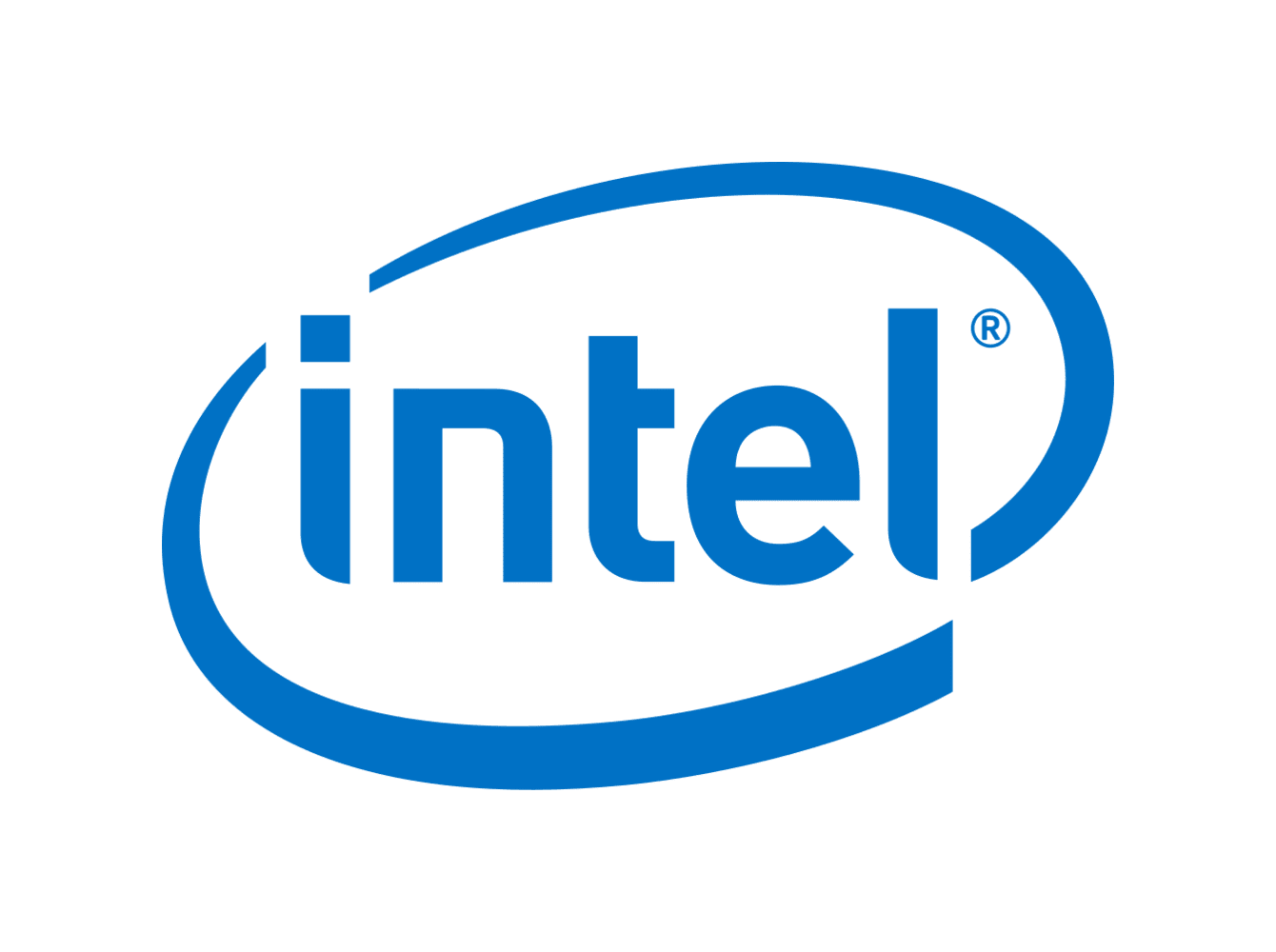Set PL1 and PL2 in the BIOS
- 0 Posts
- 13 Comments

 1·1 year ago
1·1 year agoI’d keep MCE off to enforce the stock power limits and make sure its not doing black box stuff to the voltage. For testing purposes, you can manually do everything MCE does.

 1·1 year ago
1·1 year agoDo you have MCE enabled? It’s usually enabled by default on Asus boards if using the AIO_PUMP 3-pin header, and can cause this type of behavior with cranked up voltages. Just booting up my stock 13900K with MCE enabled resulted in >1.6v until I promptly disabled it.
Screenshots would be helpful, otherwise this is all subjective. Can you also post screenshots for Cinebench R23?
You can get four DDR5 sticks working without any issues. However, you will have to significantly reduce the frequency to get it stable.
If you need 64 GB, you should consider getting a 2x32 or 2x48 GB kit, as 2x dual-rank sticks are easier than four sticks.

 1·1 year ago
1·1 year agoYou’re not wrong, but there is a significant price consideration. The 14900K is binned about the same as the 13900KS (6 GHz VID < 1.5v), but costs at least $100 less. Some people claim the IMC is better on the 13900KS, but don’t think that can be answered at the moment.
Some motherboards and IMCs might still require tweaking to get 7200 MT/s stable, but I’d say most Z790 and 14th gen shouldn’t have an issue hitting 7200 MT/s.
Going over 7200 is problematic, as there’s a pretty big wall for >7200 on 4 DIMM motherboards. Maybe 7400/7600 if you’re lucky.
Tune your AC and DC LL. You’re most likely just overvolted at stock and creating issues with the power limits.
You don’t need a new 7200 RAM kit. Just manually drop the frequency to 7200 MT/s and tighten the timings.
You can’t make any assumptions regarding your IMC quality as your motherboard is the reason your RAM is unstable >7200 MT/s. The only way you can remove this from the equation is purchase a new DIMM slot motherboard, like the Apex.

 1·1 year ago
1·1 year agoGetting an IMC that can hit 8000 MT/s is just luck of the silicon lottery. Nor much you can do except pray to the bin God’s.
On the other side, the Hynix 3GB M-Die (2x24 GB sticks) can hit 8000 MT/s relatively easily.
You have to compare frequency and latency. DDR4 3600 CL16 is roughly the same latency as DDR5 6400 CL32, but the DDR5 will have nearly double the read and write bandwidth.
If you need 64 GB DDR5, you will need either 2x dual-rank 32 GB sticks or 4x16 single-rank sticks. DDR5 doesn’t play nice with 4 sticks without significantly lowering performance, so I’d suggest considering a 2x32 GB kit. You should be able to get at least 2x32 GB DDR5 sticks to 6000 MT/s.
Socket LGA1700 will work with 12th, 13th, and 14th gen, although 13th and 14th gen may require a BIOS update if it’s an earlier production model.
The upcoming 15th gen will be a new socket, so it won’t work on this motherboard.